Some further musings on frame flex. 17 years ago I bought a new Dodge extra cab short bed (139 inch wheelbase, 6-1/2 foot bed) 2500 4WD Cummins H.O. 6 speed manual because it checked all my engine and drivetrain boxes and would fit down the descending corkscrew driveway to the subterranean parking structure of the Music Center in LA where I played bass trombone with the LA Phil. The other enticement was a feeling that this truck had a good chance to outlive me. So far, so good. Initially, I bought the truck to flat tow my rock crawler to the trailhead with no desire to have anything but a tow vehicle. Without towing brakes it was not very successful (my up armoured, 37 inch tired, CJ-8 weighed 4400 pounds) but got a lot more stable when I picked up the L.A. Recycler one day and bought a 3-year old Lance Lite 165-S, short bed, xcab camper (1842 pounds, wet) that same afternoon. As I grow older, the camper makes a lot more sense than laying on the ground and letting the bugs crawl on me at the trailhead. The next buy was a car trailer which solved the brake problem.
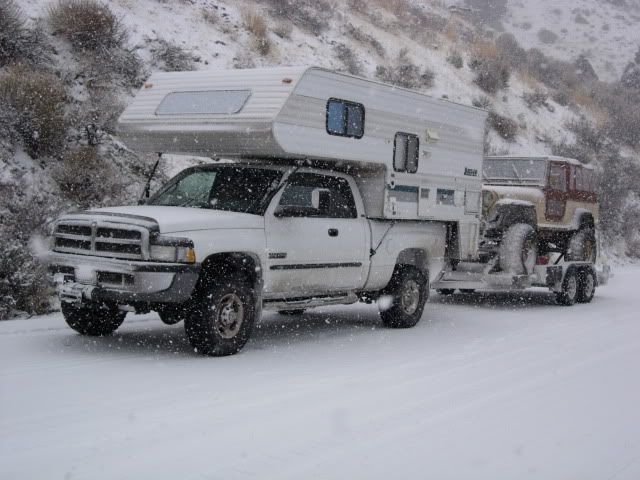
But, as time passed I sold the rock crawler and decided to build up the truck enough to work in most off road environments.
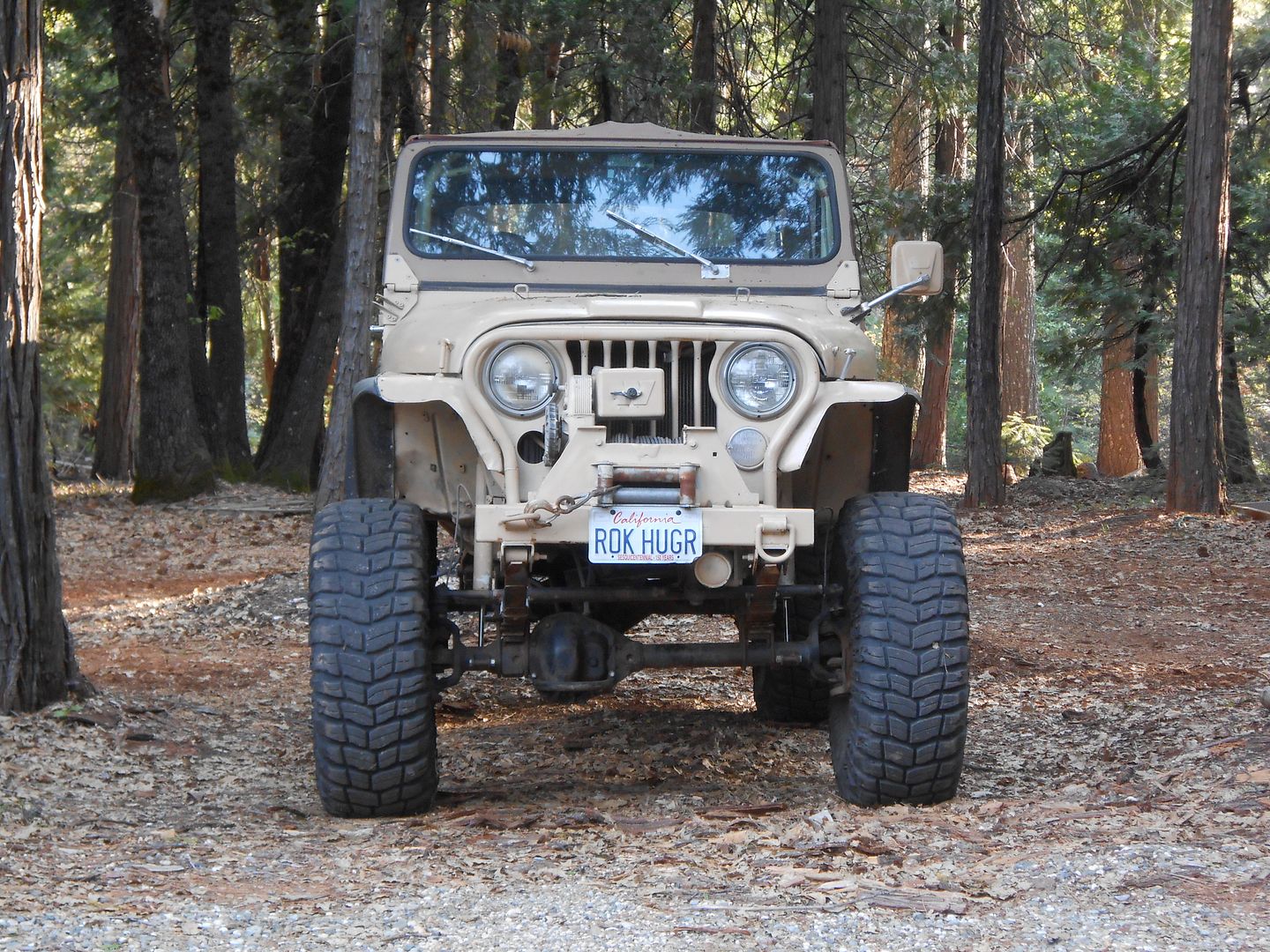
The tie down connection from bed to camper is the tried-and-true Happy Jacks: spring loaded in front and solid connected to the rear bumper knowing that the bumper has enough flex to keep from pulling your camper apart. Hmm? Do i need to worry about pulling my camper apart now? Once i got on this site and read through the woes of frame flex and a camper body i got nervous even though I had schooled myself to keep adjusting the tie downs to fit the road conditions: the more axle twisting and subsequent frame twisting the conditions the more I loosened the rear tie downs figuring that was the lightest end and the path of least resistance for lifting one corner or the other away from the truck frame. Has it worked? So far, I have not pulled my camper apart and it will still stand on 3 camper jacks on 3 corners without deflection. This is about the most twist I can get out of my setup:
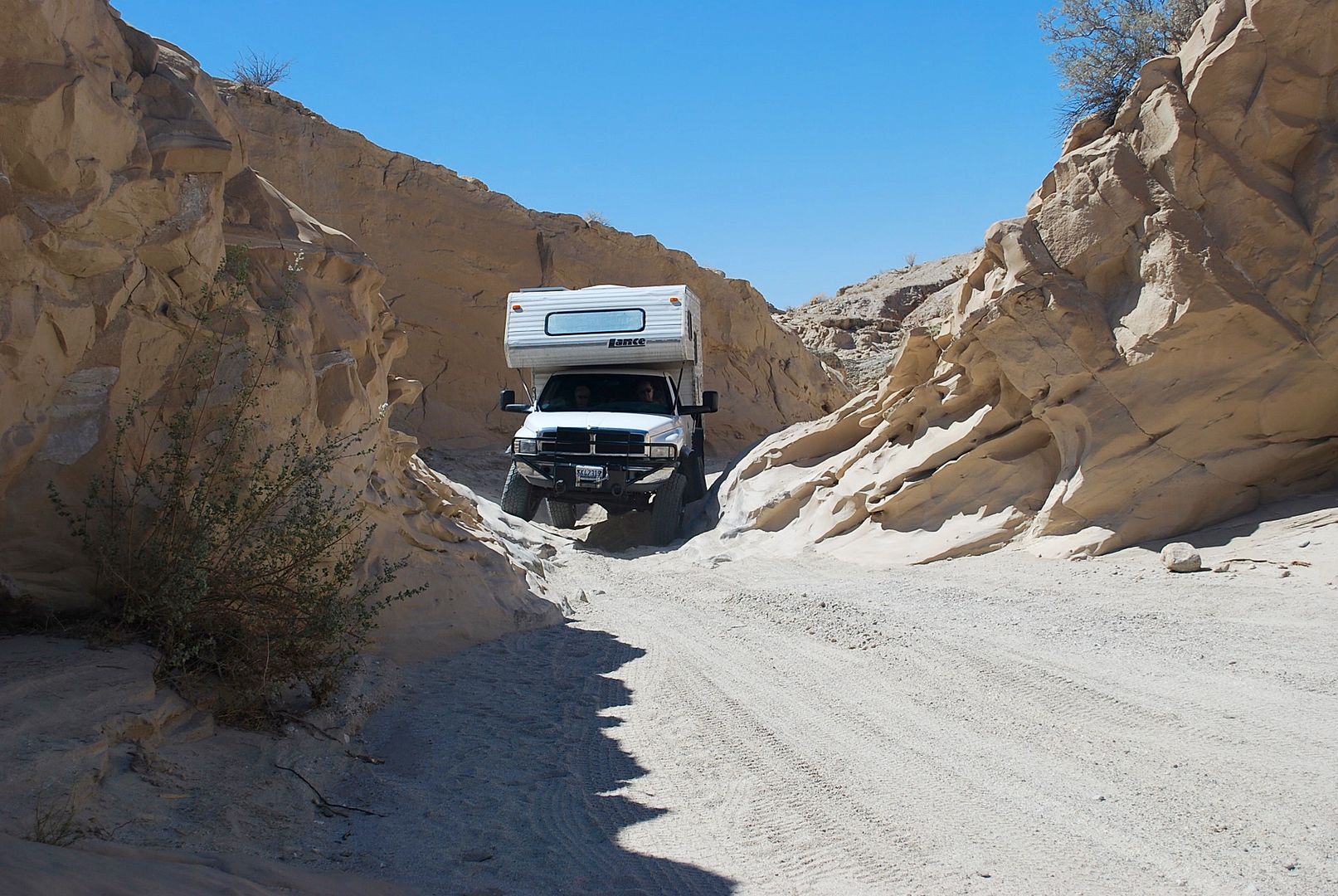
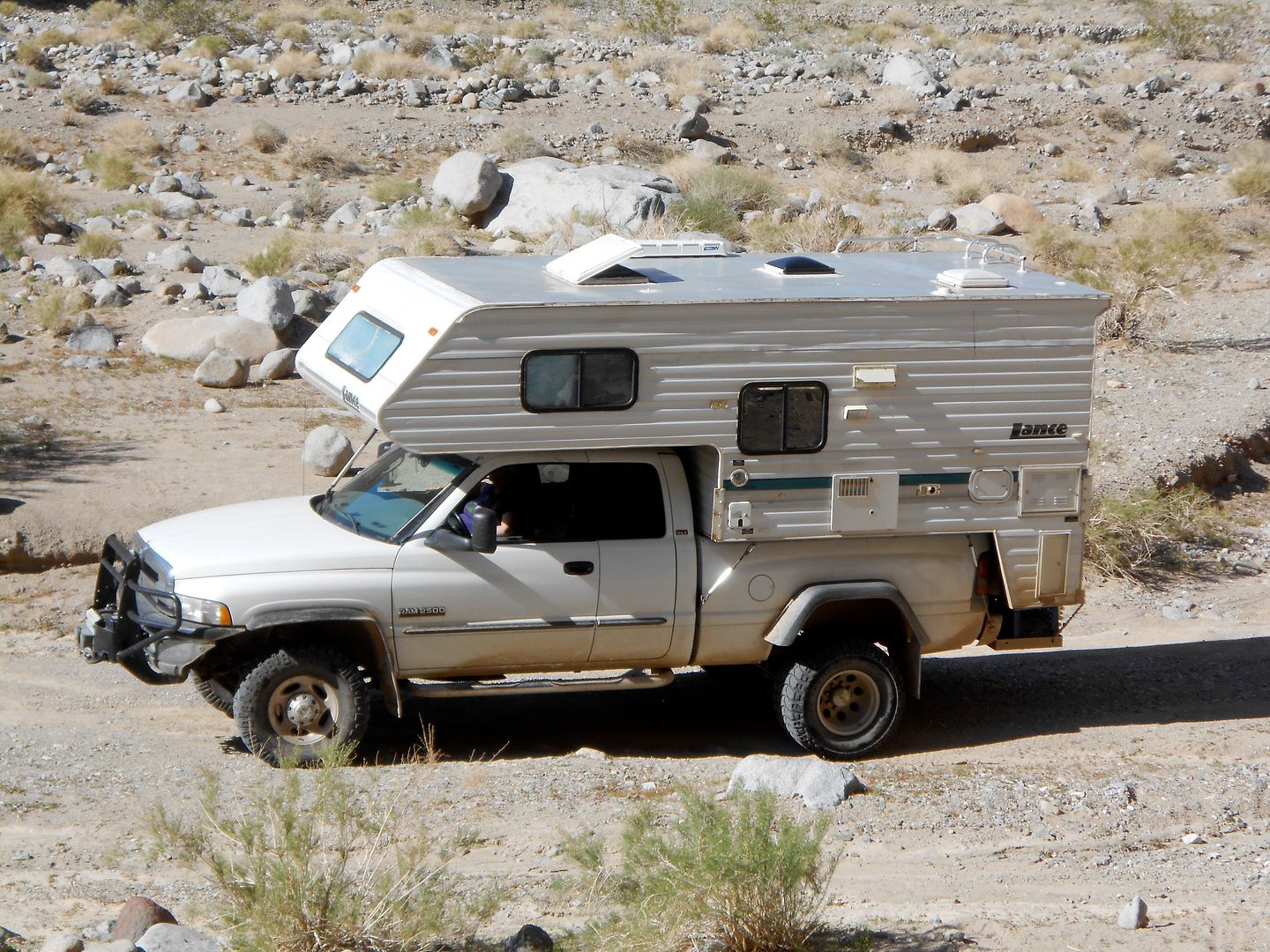
Jack, on this site (locrawln) has a short bed GM 2500 pickup to which he has had several campers of differing weights attached and reports minimal frame flex. This is also my observation. So what are we to learn here? Why do some have a lot of frame flex and others don't? And why do some Expedition camper manufacturers use a 3-point or diamond shaped 4-point suspension on some products and not others?
0. As noted above keep it as simple as you can with parts that can be replaced where you sojourn and under the conditions of your travel style.
1. The shorter the wheelbase of your truck the less flex or twist you will get out of the frame.
2. The lighter your camper the less twisting stress you will put on your truck's frame. This also has to do with the tuning of your suspension. A soft suspension will have you leaning all over the place but wheels always on the ground and transmit less flex to the truck frame; but too stiff will give you the herky jerkys, lift an occasional wheel off terra firma and transmit a lot of flex to the truck frame. It's taken me years of trial and error to dial in my suspension.

On the Mojave Road with the chase truck and chow wagon for a herd of mountain bikers.

3. For a drop in camper, it is advantageous to have camper Guides. I used Lance's design. They keep the bottom of the camper box from shifting from side to side preventing movement and uneven stress on the tie downs. A thin, sticky rubber bed mat is prefered to a thick one to reduce the side to side rocking unless you need cab clearance then a harder subframe of some sort is required.
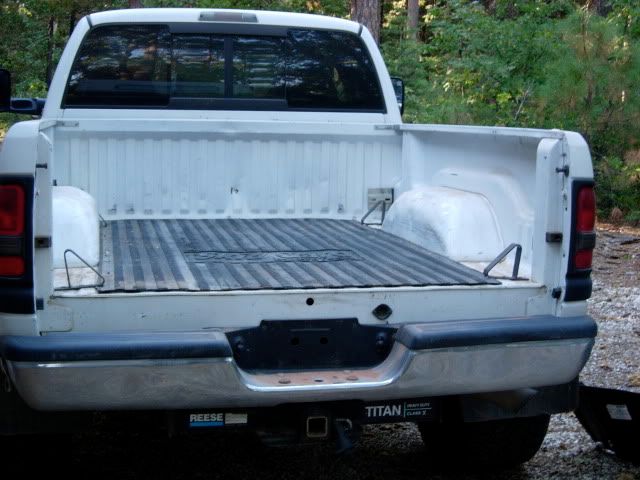
4. Keep all heavy stuff down as low as possible in the rig. It may look cool to have a couple spare tires, a canoe, and and big air conditioner on the roof but that's a disaster ready to happen on a 20 degree sidehill. I've tried to keep anything from living on the roof but relented when I saw the value of solar panels for boondock travel.

5. One more thing. Lowering the tire pressure when off road helps reduce frame flex. I don't mean dropping a few pounds but experimenting with pressure to help even out the terrain. I drop mine from 80 or 110 pounds down to 32 pounds for dirt roads of any consequence. For blow sand and shooting the dunes I'll drop down to 18-20 pounds tire pressure on my super single wheels. This varies widely from rig to rig. The CJ-8 above was @ 3 pounds of air in those 37's for shooting the dunes. Lowering the tire pressure become part of your suspension, off road. Your job is to find the sweet spot for your rig.
So, if you have a long wheelbase, flexy framed rig and need a 3-point camper attachment then by all means go for it. But a short, lightweight truck and camper does not need as much frame flexing special attention.
jefe








